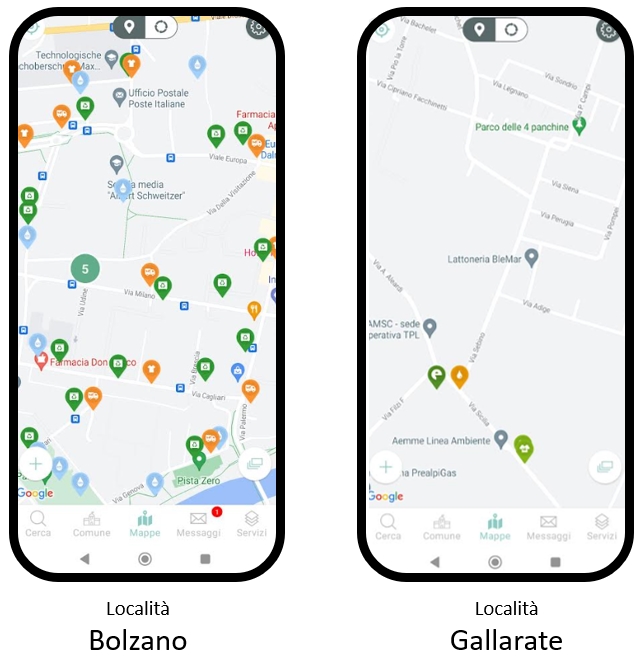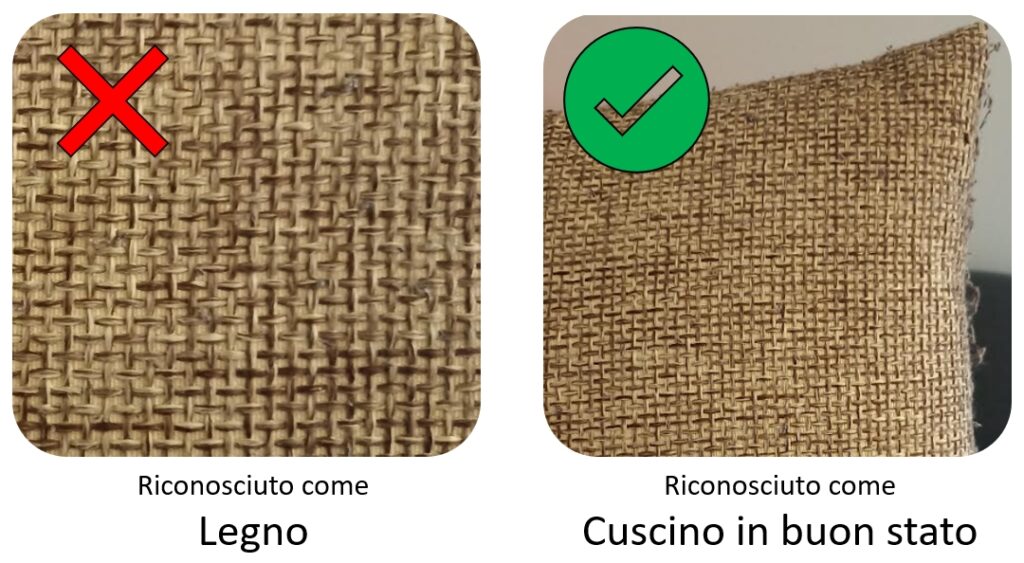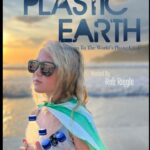We know that separating waste may not be straightforward, especially when it comes to choosing where to dispose of our refuse… where do I put the Tetra Pak? Does this plastic-coated paper go in paper or plastic? Well, fortunately, technology can come to our aid in this case: today, let’s take a look together at the Junker App.

How does the Junker App work?
Junker is an Italian application available for free on Android, iPhone, and Huawei stores that promises to work wonders in assisting citizens in household waste disposal. It was published in 2015, but as of now (version 3.3.0), it has over a million downloads and is available in numerous languages. The current average rating is 4.5/5 on the Google Store, indicating that it has been able to meet most expectations. The icon is a cute zebra: let’s install, open, and we’re ready to dive in.
The main functions of the app that we will analyze are as follows: local waste disposal information and waste identification through the app.
Local Waste Disposal Information
Let’s now look in detail at the app’s features, trying to test them a bit where possible. First of all, we are asked to enter the Municipality to have specific information for our area. So, we try different Municipalities and are somewhat surprised that the information provided varies widely:
- Bolzano ➤ Detailed information with the location of the entire network of ecological islands, collection hours, as well as data provided by the local operator such as instructions for the collection of WEEE or green waste, contact forms, etc. A perfect 10 service
- Venice – Milan – Palermo – Gallarate ➤ Much sparser information, often only related to the collection of mineral and food oils
- Rome ➤ Not available

Thinking about it, it’s evident that the app can only know what individual Municipalities (or those acting on their behalf) make available. The potential is very high, and we hope that more and more Municipalities will join this initiative. At the same time, citizens are encouraged to report the collection methods, but it’s unclear how this information is then processed or verified. It’s very interesting to be able to view not only waste collection points but also circularity points, such as used clothing collection or eco-cabins for book exchange.
Waste Identification through the App
The Junker application allows waste to be recognized to recommend the best disposal method. It does so in several ways, namely through barcode, through a category list, through symbols on labels, or through a photograph.
- Starting with the category list, there are literally hundreds of entries that, when filtered appropriately, lead to the correct disposal solution. Where possible, some interesting advice for better differentiation is also provided
- Guidance based on symbols on packaging is equally comprehensive: the symbol database is extensive but easily navigable thanks to the division by shape
- Identification of products through the barcode works: of the dozen products tested, all were correctly identified. This, of course, refers to products from large retailers, while local or artisanal products may be difficult to identify
- Photographic recognition is certainly the most innovative process and allows the identification of waste based on a live photo taken with the smartphone. Here the result is not decisive (remember that the function is still in beta), some objects were correctly identified (a tea box, a leaf, a radiator), while a lamp was mistaken for a glass. Pay attention to how you take the photos:

Final Considerations
Navigating further in the app, you discover other curiosities such as a composting guide and a fun quiz to assess your waste separation skills. For operators who join, there are also some other advanced features, including messaging. The operator has a means to communicate with subscribers, for example, in the case of extraordinary or nighttime cleaning. On the other hand, citizens have a tool to report environmental issues to cleaning service operators.
In conclusion, from our attempts and spot tests, Junker represents a great idea realized in an excellent app. It is a valuable tool for citizens to identify waste and support waste separation, and it can respond promptly to many questions that may arise. Local information may be incomplete and partial, depending on whether the Municipality has decided to join and share calendars and locations of ecological islands with Junker. We encourage you to try the app for your Municipality, and you might be surprised. Otherwise, you can still report the lack to Junker in the hope that it can be addressed later.
Additional Information
Link to the Google Store for downloading the app: here
Link to the Junker website: here

